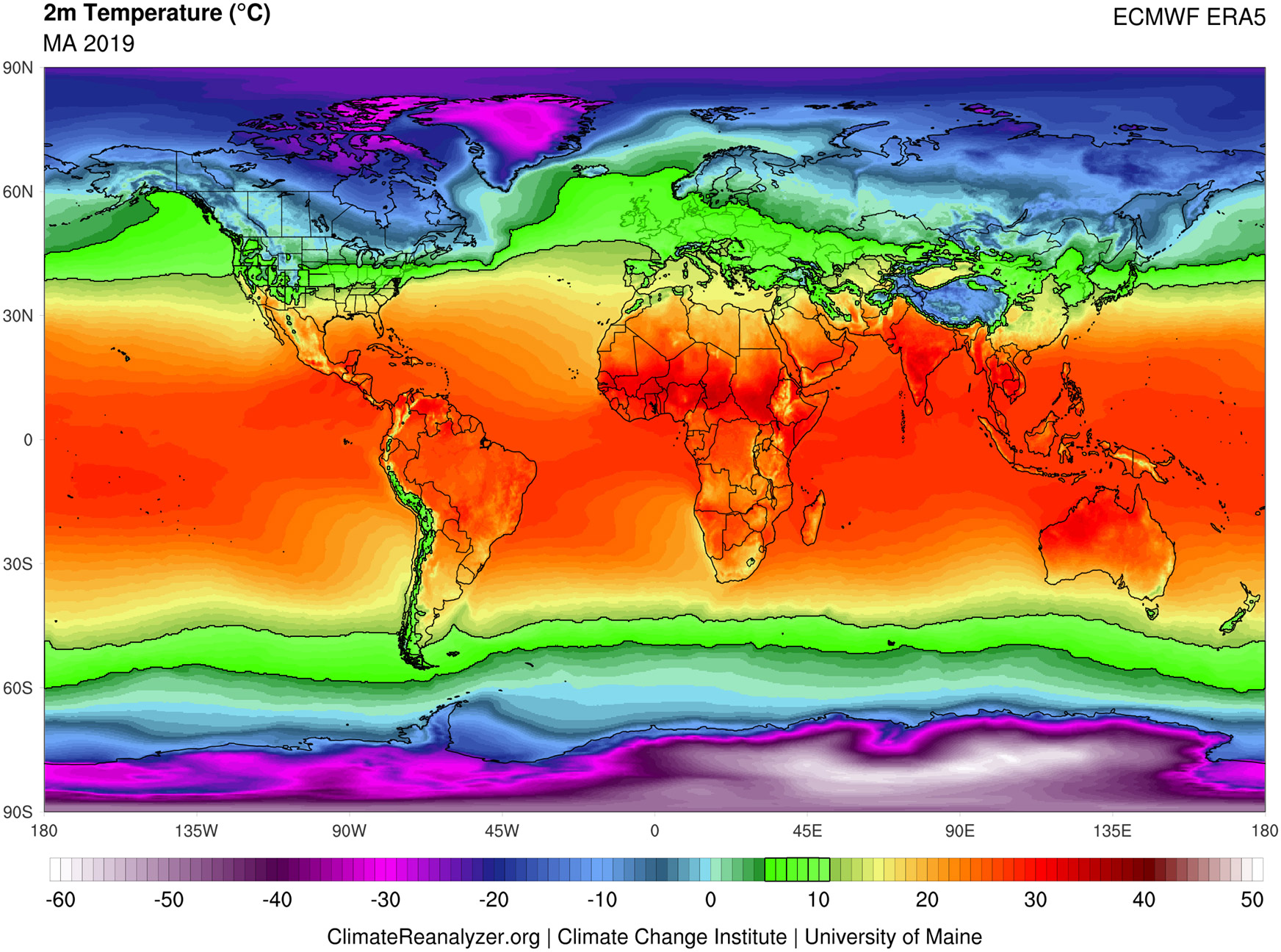March 12, 2020 | Deborah Kotz
This map reflects average temperature data from March 2019 to April 2019 to predict the at risk zone for community transmission of COVID-19. The zone at risk for significant community spread in the near-term include land areas within the green bands, outlined in dark black but may change based on actual average temperatures in 2020 during this time period.
CREDIT: Image from Climate Reanalyzer, Climate Change Institute, University of Maine, USA. Image manipulation by Cameron Gutierrez and Glenn Jameson.
Maps of Outbreaks Indicate Virus Spreads More Easily in Cold, Damp Climates
Researchers at the Institute of Human Virology at the University of Maryland School of Medicine (UMSOM) and the Global Virus Network (GVN) predict that COVID-19 will follow a seasonal pattern similar to other respiratory viruses like seasonal flu. They base this on weather modeling data in countries where the virus has taken hold and spread within the community.
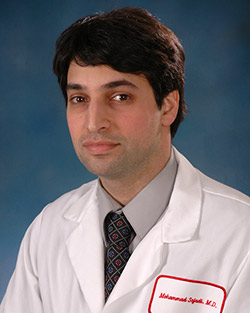
“Based on what we have documented so far, it appears that the virus has a harder time spreading between people in warmer, tropical climates,” said study leader Mohammad Sajadi, MD, Associate Professor of Medicine in the UMSOM, physician-scientist at the Institute of Human Virology and a member of GVN.
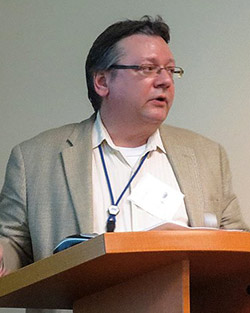
Researchers from Shiraz University of Medical Sciences in Shiraz, Iran, and Shaheed Beheshti University of Medical Sciences in Tehran, Iran also participated in this study.
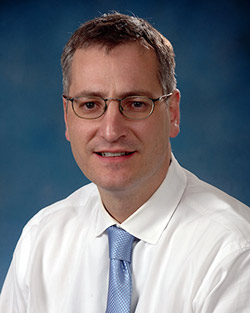
In areas where the virus has already spread within the community, like Wuhan, Milan, and Tokyo, temperatures did not dip below the freezing mark, the researchers pointed out. They also based their predictions on a study of the novel coronavirus in the laboratory, which found that a temperature of 39 degrees Fahrenheit and humidity level of 20 to 80 percent is most conducive to the virus’s survival.
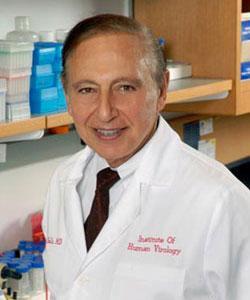
Dr. Gallo is a co-founder of the Global Virus Network, which is a consortium of leading virologists spanning 53 Centers of Excellence and nine Affiliates in 32 countries worldwide, working collaboratively to train the next generation, advance knowledge about how to identify and diagnose pandemic viruses, mitigate and control how such viruses spread and make us sick, as well as develop drugs, vaccines and treatments to combat them. The Network has been meeting regularly to discuss the COVID-19 pandemic sharing their expertise in all viral areas and their research findings.

About the Global Virus Network (GVN)
The Global Virus Network (GVN) is essential and critical in the preparedness, defense and first research response to emerging, exiting and unidentified viruses that pose a clear and present threat to public health, working in close coordination with established national and international institutions. It is a coalition comprised of eminent human and animal virologists from 53 Centers of Excellence and nine Affiliates in 32 countries worldwide, working collaboratively to train the next generation, advance knowledge about how to identify and diagnose pandemic viruses, mitigate and control how such viruses spread and make us sick, as well as develop drugs, vaccines and treatments to combat them. No single institution in the world has expertise in all viral areas other than the GVN, which brings together the finest medical virologists to leverage their individual expertise and coalesce global teams of specialists on the scientific challenges, issues and problems posed by pandemic viruses. The GVN is a non-profit 501(c)(3) organization. For more information, please visit www.gvn.org. Follow us on Twitter @GlobalVirusNews
About the Institute of Human Virology
Formed in 1996 as a partnership between the State of Maryland, the City of Baltimore, the University System of Maryland and the University of Maryland Medical System, IHV is an institute of the University of Maryland School of Medicine and is home to some of the most globally-recognized and world-renowned experts in all of virology. The IHV combines the disciplines of basic research, epidemiology and clinical research in a concerted effort to speed the discovery of diagnostics and therapeutics for a wide variety of chronic and deadly viral and immune disorders - most notably, HIV the virus that causes AIDS. For more information, www.ihv.org and follow us on Twitter @IHVmaryland.
About the University of Maryland School of Medicine
Now in its third century, the University of Maryland School of Medicine was chartered in 1807 as the first public medical school in the United States. It continues today as one of the fastest growing, top-tier biomedical research enterprises in the world -- with 45 academic departments, centers, institutes, and programs; and a faculty of more than 3,000 physicians, scientists, and allied health professionals, including members of the National Academy of Medicine and the National Academy of Sciences, and a distinguished two-time winner of the Albert E. Lasker Award in Medical Research. With an operating budget of more than $1.2 billion, the School of Medicine works closely in partnership with the University of Maryland Medical Center and Medical System to provide research-intensive, academic and clinically based care for nearly 2 million patients each year. The School of Medicine has more than $540 million in extramural funding, with most of its academic departments highly ranked among all medical schools in the nation in research funding. As one of the seven professional schools that make up the University of Maryland, Baltimore campus, the School of Medicine has a total population of nearly 9,000 faculty and staff, including 2,500 student trainees, residents, and fellows. The combined School of Medicine and Medical System (“University of Maryland Medicine”) has an annual budget of nearly $6 billion and an economic impact more than $15 billion on the state and local community. The School of Medicine faculty, which ranks as the 8th highest among public medical schools in research productivity, is an innovator in translational medicine, with 600 active patents and 24 start-up companies. The School of Medicine works locally, nationally, and globally, with research and treatment facilities in 36 countries around the world. Visit medschool.umaryland.edu
Contact
Office of Public Affairs
655 West Baltimore Street
Bressler Research Building 14-002
Baltimore, Maryland 21201-1559
Contact Media Relations
(410) 706-5260
University of Maryland School of Medicine:
Deborah Kotz
Director of Media Relations
Office of Public Affairs & Communications
o: 410-706-4255
c: 410-804-0054
t: @debkotz2
Institute of Human Virology:
Nora Samaranayake
nsamaranayake@ihv.umaryland.edu
410-706-8614

